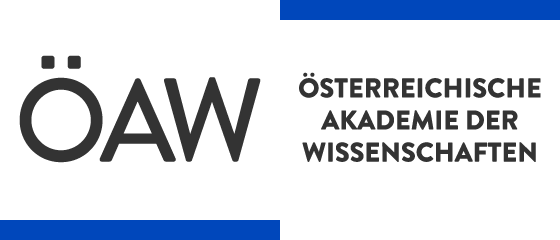Misinformation and Mass Audiences / / ed. by Brian G. Southwell, Emily A. Thorson, Laura Sheble.
Lies and inaccurate information are as old as humanity, but never before have they been so easy to spread. Each moment of every day, the Internet and broadcast media purvey misinformation, either deliberately or accidentally, to a mass audience on subjects ranging from politics to consumer goods to...
Saved in:
| Superior document: | Title is part of eBook package: De Gruyter University of Texas Press Complete eBook-Package 2018 |
|---|---|
| MitwirkendeR: | |
| HerausgeberIn: | |
| Place / Publishing House: | Austin : : University of Texas Press, , [2021] ©2018 |
| Year of Publication: | 2021 |
| Language: | English |
| Online Access: | |
| Physical Description: | 1 online resource (320 p.) |
| Tags: |
Add Tag
No Tags, Be the first to tag this record!
|
| Other title: | Frontmatter -- Contents -- Acknowledgments -- Introduction: Misinformation among Mass Audiences as a Focus for Inquiry -- PART I Dimensions of Audience Awareness of Misinformation -- ONE Believing Things That Are Not True: A Cognitive Science Perspective on Misinformation -- TWO Awareness of Misinformation in Health-Related Advertising: A Narrative Review of the Literature -- THREE The Importance of Measuring Knowledge in the Age of Misinformation and Challenges in the Tobacco Domain -- FOUR Measuring Perceptions of Shares of Groups -- FIVE Dimensions of Visual Misinformation in the Emerging Media Landscape -- PART II Theoretical Effects and Consequences of Misinformation -- SIX The Effects of False Information in News Stories -- SEVEN Can Satire and Irony Constitute Misinformation? -- EIGHT Media and Political Misperceptions -- NINE Misinformation and Science: Emergence, Diffusion, and Persistence -- TEN Doing the Wrong Things for the Right Reasons: How Environmental Misinformation Affects Environmental Behavior -- PART III Solutions and Remedies for Misinformation -- ELEVEN Misinformation and Its Correction: Cognitive Mechanisms and Recommendations for Mass Communication -- TWELVE How to Counteract Consumer Product Misinformation -- THIRTEEN A History of Fact Checking in U.S. Politics and Election Contexts -- FOURTEEN Comparing Approaches to Journalistic Fact Checking -- FIFTEEN The Role of Middle-Level Gatekeepers in the Propagation and Longevity of Misinformation -- SIXTEEN Encouraging Information Search to Counteract Misinformation: Providing “Balanced” Information about Vaccines -- Conclusion: An Agenda for Misinformation Research -- Contributors -- Index |
|---|---|
| Summary: | Lies and inaccurate information are as old as humanity, but never before have they been so easy to spread. Each moment of every day, the Internet and broadcast media purvey misinformation, either deliberately or accidentally, to a mass audience on subjects ranging from politics to consumer goods to science and medicine, among many others. Because misinformation now has the potential to affect behavior on a massive scale, it is urgently important to understand how it works and what can be done to mitigate its harmful effects. Misinformation and Mass Audiences brings together evidence and ideas from communication research, public health, psychology, political science, environmental studies, and information science to investigate what constitutes misinformation, how it spreads, and how best to counter it. The expert contributors cover such topics as whether and to what extent audiences consciously notice misinformation, the possibilities for audience deception, the ethics of satire in journalism and public affairs programming, the diffusion of rumors, the role of Internet search behavior, and the evolving efforts to counteract misinformation, such as fact-checking programs. The first comprehensive social science volume exploring the prevalence and consequences of, and remedies for, misinformation as a mass communication phenomenon, Misinformation and Mass Audiences will be a crucial resource for students and faculty researching misinformation, policymakers grappling with questions of regulation and prevention, and anyone concerned about this troubling, yet perhaps unavoidable, dimension of current media systems. |
| Format: | Mode of access: Internet via World Wide Web. |
| ISBN: | 9781477314579 9783110745306 |
| DOI: | 10.7560/314555 |
| Access: | restricted access |
| Hierarchical level: | Monograph |
| Statement of Responsibility: | ed. by Brian G. Southwell, Emily A. Thorson, Laura Sheble. |
